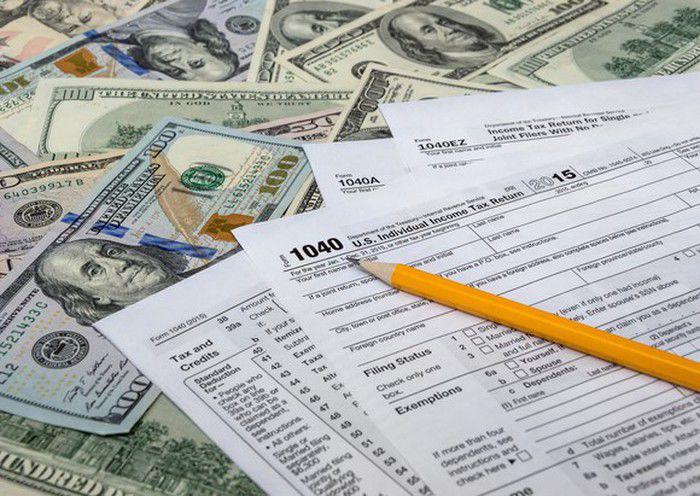
Though many of us aren’t tax-focused this early on in the year, it never hurts to get educated about all things filing-related. Unfortunately, a large number of Americans are failing in that regard, or so found a recent GOBankingRates survey. Here are three specific tax facts filers need to wise up on.
1. The standard deduction
Only 14% of Americans knew what the standard deduction for single tax filers was in 2018, and that’s a problem, because if you don’t know what that number is, you won’t be in a good position to decide whether you should itemize on your tax return or go with that standard. To answer that question, the standard deduction for single filers is $12,000 for the 2018 tax year, and $24,000 for married couples filing jointly. For the 2019 tax year, these numbers have actually increased to $12,200 and $24,400, respectively, though those won’t come into play when you file your 2018 taxes this April.
Now, most of the people surveyed thought that the standard deduction was considerably less, and that could be due to the fact that the 2018 tax overhaul nearly doubled that figure from its previous levels. Still, it’s a number you must keep in mind when preparing your taxes, because it will dictate whether it makes sense to itemize or not.
2. The tax filing deadline
As is the case most years, the tax filing deadline this year is April 15, 2019. To clarify, this is when your 2018 tax return is due. A surprising 30% of those surveyed, however, didn’t know that April 15 is the tax deadline.
Interestingly enough, 12% of filers thought the deadline was April 18, and the reason could be that last year’s tax deadline was pushed back a couple of days to avoid a conflict with Emancipation Day, a legal holiday in Washington, D.C. Either way, mark your calendar for April 15 this year to avoid being late.
3. Tax extensions
Each year, numerous tax filers take advantage of the option to file for an extension. Extensions are important for one key reason: If you’re late with your taxes but owe the IRS money, you’ll face a failure-to-file penalty equaling 5% of your unpaid tax bill per month or partial month your return is late, up to a total of 25%. But if you get an extension and file after the deadline, that penalty is waved.
That doesn’t get you out of paying your taxes, though. Rather, you’ll still face a late payment penalty for submitting your tax bill after the April 15 deadline. That penalty is much less severe than the failure-to-file penalty — it’s 0.5% per month or partial month that your tax bill goes unpaid, up to a total of 25%. Still, it’s a penalty best avoided.
A whopping 68% of filers, however, are of the impression that once they get an extension, that late payment penalty doesn’t apply — but that’s not the case. It’s only the failure-to-file penalty you get out of. Therefore, if you’re planning to get an extension this year, do your best to estimate your taxes by the April 15 deadline, and pay the IRS what you owe to avoid racking up late fees.
The more you educate yourself about taxes, the better positioned you’ll be to avoid stress, steer clear of unwanted penalties, and make filing decisions that put the most money back in your pocket. Since the April 15 deadline is still several months away, you have ample opportunity to read up on the recent tax overhaul or consult a tax professional if you have outstanding questions — so get moving before the filing crunch begins.

